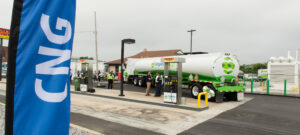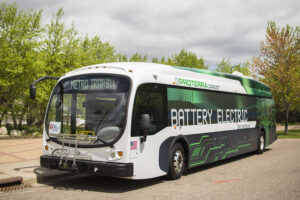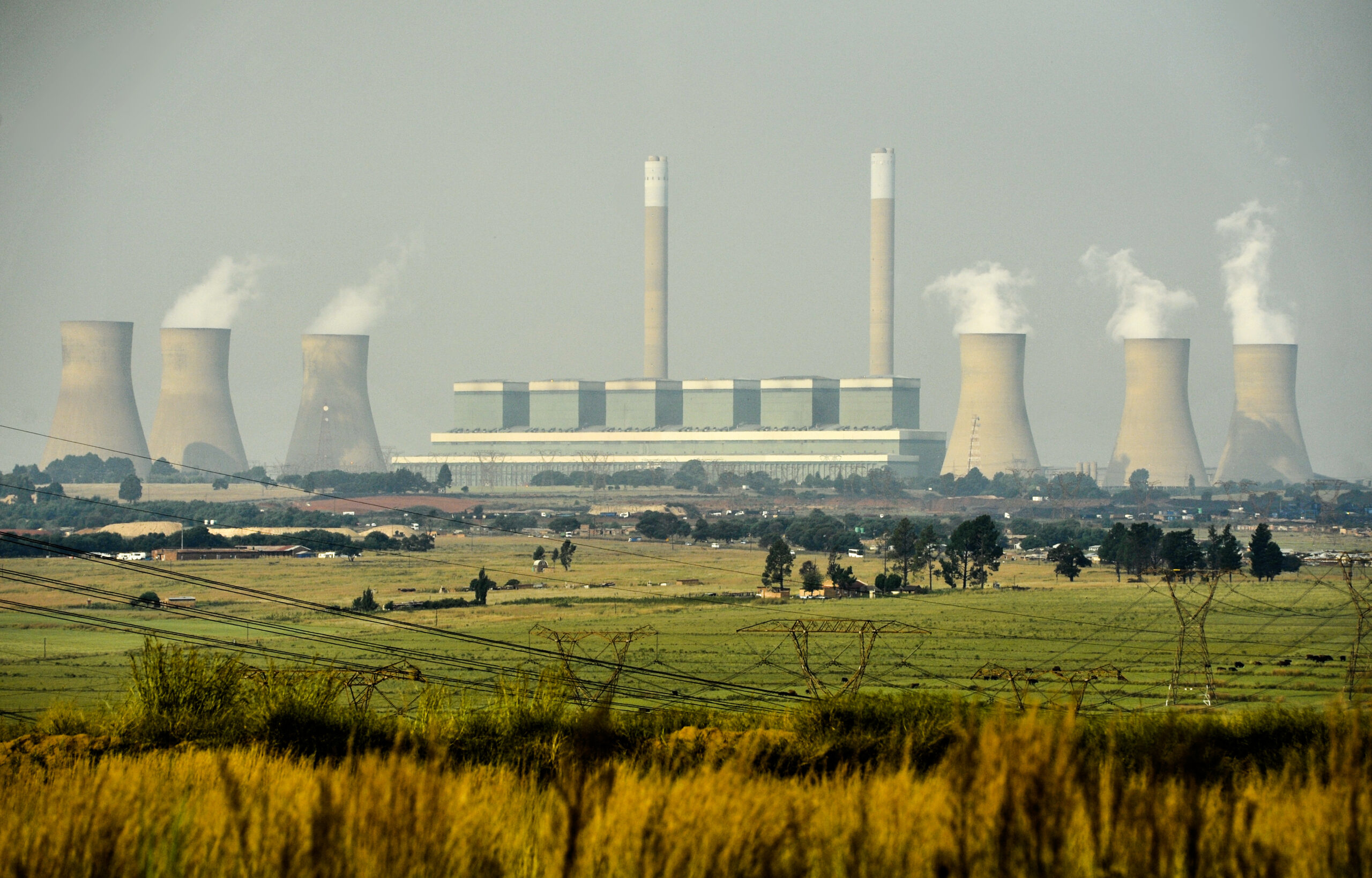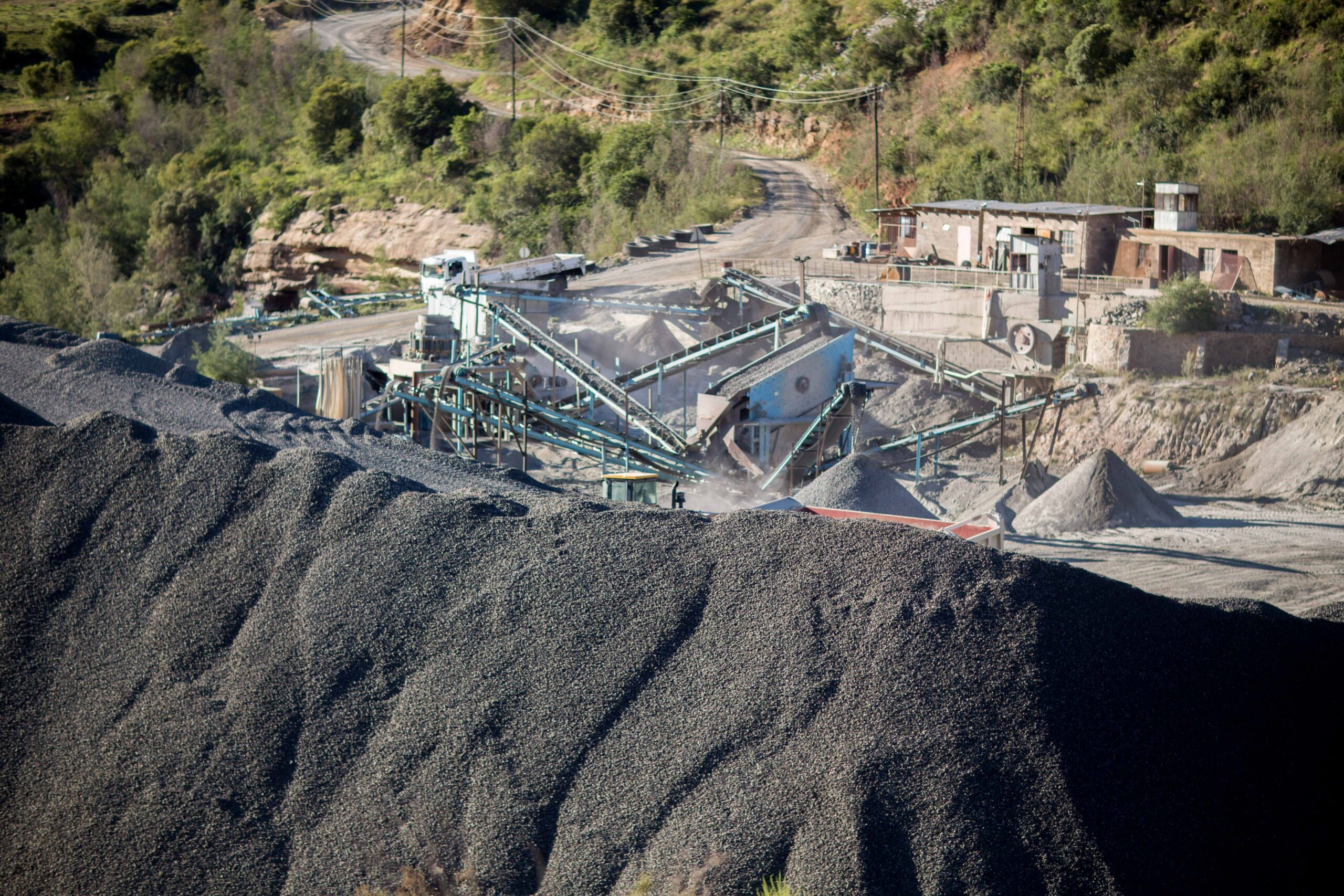CNG has arrived in South Africa: Here are the risks
Compressed natural gas (CNG) is the product of compressing natural gas to less than one per cent of its volume. It is an alternative to petrol and diesel fuel, used in transport around the world.
As CNG is natural gas, it is a fossil fuel made primarily of methane, a potent greenhouse gas (GHG). However, CNG combustion is largely cleaner than petrol and diesel, resulting in less air pollution and, in some cases, fewer GHG emissions. Unlike petroleum-based transport fuels, CNG also does not require distillation. This makes it less expensive than traditional fuels by 35 to 75 per cent. A further draw is that CNG vehicles run 50 per cent quieter than other internal combustion engines (ICE).
For these reasons, the industry promotes the fuel as a cleaner and more economical alternative transportation fuel. The benefits are most distinct when replacing diesel in heavy-duty urban vehicles, such as buses or refuse trucks, particularly when factoring in lower air pollution. Based on this, South Africa’s Department of Transport (DoT) has outlined plans to increase the number of CNG vehicles in its national and public sector fleets.
Despite potential benefits compared to conventional fuels, a widespread CNG rollout may be shortsighted. Electrified transportation powered by renewable energy has far better health and climate outcomes, and costs are falling. For example, in the early 1990s, Los Angeles famously switched its public buses to CNG but is now replacing these with an electrified fleet fit for the future. Ultimately, as with all fossil fuel-based energy sources, CNG comes with many environmental and financial risks. Therefore, the fuel does not stand up against the cleaner, renewable alternatives available today.
How CNG fuel systems work
CNG is one of the two forms of natural gas currently used for transportation. The other is liquefied natural gas.
CNG vehicles operate with spark-ignited internal combustion engines (ICE), much like petrol or diesel vehicles. The gas is stored in a pressurised fuel tank, typically at the back of the vehicle. The CNG fuel system transfers the high-pressure gas from the tank through the fuel lines. Here, a pressure regulator reduces the pressure to a level compatible with the engine. When the fuel arrives at the combustion chamber, it combines with air and is ignited by a spark plug. The exhaust system channels the waste gases and pollutants from the engine out through the tailpipe.
Compressed natural gas vehicles: The greener option?
The industry presents CNG vehicles as an “alternative green fuel” for transportation. In reality, calculating its climate benefits is not straightforward. The following are the average lifetime emission for vehicles sold in 2019, according to International Energy Agency (IEA) statistics. The figures show global weighted averages, measured in carbon dioxide (CO2) equivalent emissions per kilometre:
- Petrol ICE: 206g
- Diesel ICE: 183g
- CNG ICE: 180g
- Electric vehicle: 70g
This data, along with other studies, shows that CNG offers around a 15 per cent lifetime emissions saving compared to petrol vehicles. However, when including the upstream methane emissions from natural gas, the climate impact of CNG can be comparable with petrol. There is also a negligible GHG benefit compared to diesel. However, air pollutants like nitrogen oxides (NOx) and particulate matter (soot) emitted from CNG-powered vehicles are substantially lower than those from diesel. Therefore, for vehicles like city buses – often diesel-powered – the benefits come from local air quality improvements rather than CO2 emission reduction.
Globally, electric vehicles (EVs) are by far the most climate-friendly option. Emissions will vary depending on how clean the electricity generation is powering the battery. For example, when charged from South Africa’s coal-dependent grid, average EV emissions will be higher than if charged from a zero-emissions home solar system. However, even coal-powered EVs are cleaner than petrol.

CNG in South Africa
South Africa has had CNG vehicles since 2014, with 300 vehicles recorded on the road early that year. CNG backers, including the Industrial Development Corporation of South Africa and gas supplier CNG Holdings, have been promoting its development ever since.
For example, CNG Holdings converted about 180 dual-fuel buses to CNG for the City of Johannesburg’s Metrobus fleet in 2019. According to company spokesperson Wayne Williams, the lower fuelling cost eased the financial burden for both public transport service providers and passengers. Engineering News heralded CNG Holdings as a “saving grace” for South Africa by supplying compressed gas at below-average rates during the energy crisis.
CNG and the Green Transport Strategy
The government’s 2018-2050 Green Transport Strategy (GTS) outlines its plans for increasing CNG vehicles in South Africa. “Natural gas has begun to take a foothold in the South African market in both the minibus taxi industry and in the cities’ Metro bus systems”, the DoT’s strategy highlights. It outlines plans to convert five per cent of the public and national sector fleet to run on “cleaner” fuels, including CNG, biogas and renewable-powered EVs by 2025. This includes the conversion of minibus taxis and retrofitting existing filling stations or new builds to provide CNG. The strategy also includes finance provision to the private sector at “attractive rates” to grow the use of compressed gas in South Africa.
While transitioning to lower emissions transport fuels is a step in the right direction, there are issues with the DoT’s plan regarding CNG. The strategy itself recognises that it is more climate-polluting than renewables and labels it as a “transition fuel”. However, using gas as a transition fuel to renewables is financially and environmentally problematic, increasing the risk of stranded assets and delaying the urgent shift to renewables.
Even more concerning is the government’s plans to secure the supply of CNG required for these vehicles. “Security of CNG supply is crucial… Additional domestic and regional supplies of CNG are currently being investigated, including offshore natural gas reservoirs and ‘fracking’”, the GTS states. According to the IEA and International Institute for Sustainable Development (IISD), there can be no new gas developments to reach net zero in time to prevent temperature rise above 1.5 °C.
Ultimately, investing in new fossil fuel developments is neither economical nor a climate solution. Opening up new gas developments to fuel new CNG vehicles risks obliterating any potential economic or climate benefit that CNG as an alternative fuel might otherwise offer.
Compressed natural gas in South Africa: Outlining the risks
When compared to petrol and diesel vehicles, CNG vehicles can contribute short-term costs and pollution benefits. However, compressed natural gas is a polluting fossil fuel. Scaling up this industry while the world is transitioning to net zero brings many environmental and economic risks.
Climate and environmental impact
While CNG vehicles have a slightly lower climate impact than petrol vehicles, they remain fossil-fuelled vehicles that contribute to global warming and climate breakdown. They also have negligible climate benefits versus diesel vehicles and are far more polluting than EVs. The latest scientific information calls for deep and immediate GHG reductions to meet the Paris Agreement. CNG may have been a climate solution in previous decades, but the scale of the challenge that the world faces today necessitates far greater action.
Focussing on CNG as a transition fuel towards cleaner options is a distraction from the ultimate goal of decarbonisation and risks delaying this urgent shift. Instead, decarbonising energy and investing in EV manufacturing and infrastructure, as well as affordable, electrified public transport, must be prioritised.
Furthermore, as per the GTS, South Africa’s future CNG supply relies upon new gas extraction developments in South Africa. The government’s plans include fracking in the ecologically sensitive Karoo Basin and drilling in new offshore gas fields. Such developments would be a disaster for the environment and global efforts to limit the worse impact of climate breakdown.

Air pollution and health
Ultimately, CNG is a fossil fuel. Every stage of the fossil fuel industry, from extraction, processing, transporting and burning, threatens public health. Leaks and spillages of fuels and toxins contaminate air, land and water sources. These include heavy metals, radioactive materials and carcinogens. For example, fracking risks higher rates of childhood leukaemia and neurological damage. For these reasons, the World Health Organisation has named fossil fuel pollution and resulting climate change as the world’s greatest health risk.
Regarding vehicle exhaust emissions, CNG vehicles are promoted as a ‘cleaner‘ option than petrol and diesel vehicles. However, studies have found that they emit more harmful air pollutants than initially thought. CNG vehicles still run on fossil fuel combustion and therefore emit pollutants. A comprehensive review by the European NGO Transport and Environment warned of the significant pollution and health risks that CNG vehicles pose. “They [CNG vehicles] emit large numbers of particles and ultrafine particles, which are associated with cancer, Alzheimer’s, and heart and respiratory diseases”, the review found.
Another study compared air pollution emissions from idling vehicles using different fuel sources. It found that CNG vehicles had the highest emissions of unburned hydrocarbons due to the slow flame speed emitting unburned methane gas.
A poor investment for a green future
Developing a CNG-fuelled vehicles industry requires significant investments, including new gas pipelines, refuelling stations and other infrastructure. The costs for CNG refuelling stations are also significantly higher than for liquid fuels.
For South Africa, there are additional costs to consider, as supply also relies on the expensive new gas extraction developments. The government’s GTS claims that the Karoo shale gas discovery has improved the economic viability of CNG infrastructure by ensuring long-term supply. However, the opposite could well be true. Karoo shale gas would be difficult and expensive to access, which could render fracking developments there financially unviable. The IISD warns that gas developments in South Africa would be uncompetitive, requiring government subsidies or bailouts to stay afloat, while also delaying renewable alternatives.
Moreover, gas prices are notoriously volatile, and increasing carbon taxes, including fuel duty, pose further financial pressures on CNG’s cost viability. At the same time, the costs of generating renewable energy from wind and solar are in freefall. Therefore, much like other fossil fuel-based industries and infrastructure, CNG infrastructure could become stranded assets as cleaner, cheaper technologies inevitably take over.
Alternatives to compressed natural gas vehicles
In terms of contributing to a green economy, the benefits of compressed natural gas are limited. Moreover, should South Africa’s need for CNG supply justify new gas extraction developments, this could worsen the climate crisis. New gas developments pose a direct threat to meeting the goals of the Paris Agreement and halting the worst impacts of climate change. Instead, investing in renewable-powered EVs, including minibus taxis, buses and trucks, should take precedence in green transport plans. EVs are critical to lowering GHG emissions and tackling climate change. They also have no exhaust emissions and can therefore contribute significantly to improving public health.
Therefore, investing in EV manufacturing and supply chain is by far the best long-term solution for the future of transport. Furthermore, establishing a strong EV industry helps South Africa establish a strong export market, supplying vehicles to Europe and other regions phasing out fossil fuel vehicles. For these reasons, South Africa should bypass gas and focus on a decarbonised future. Economically and environmentally, CNG is not the fuel to drive us into the future.
Related Articles
Eskom: Green energy saves water
Generating electricity from fossil fuels has a hidden cost: South Africa’s already scarce supply of fresh water.
The false promise of ‘clean’ coal in South Africa
Even using the cleanest technology available, coal’s severe environmental, health and climate consequences remain unavoidable.




